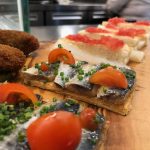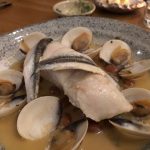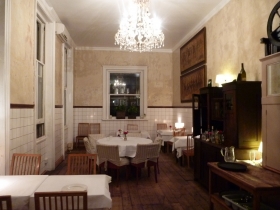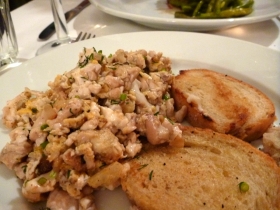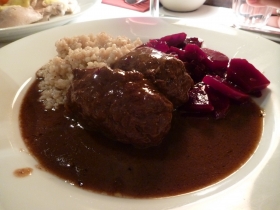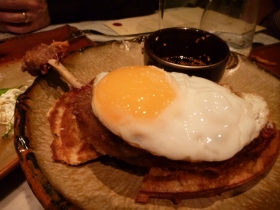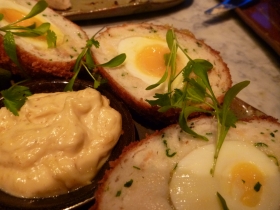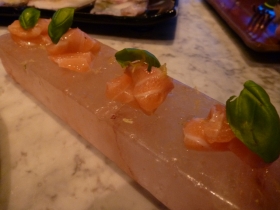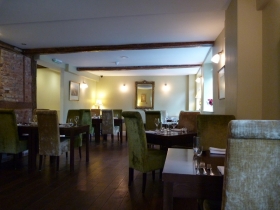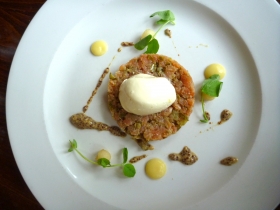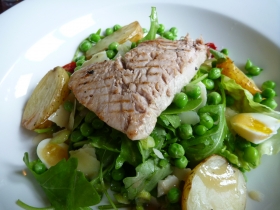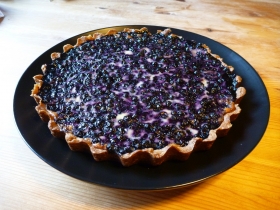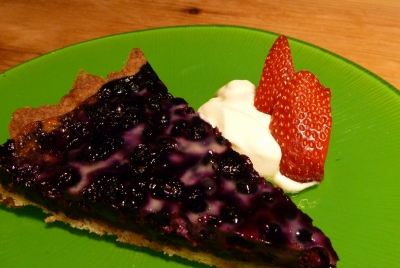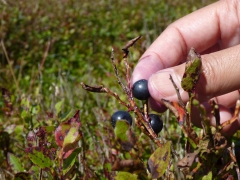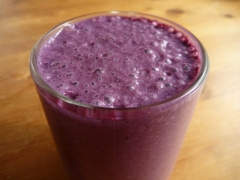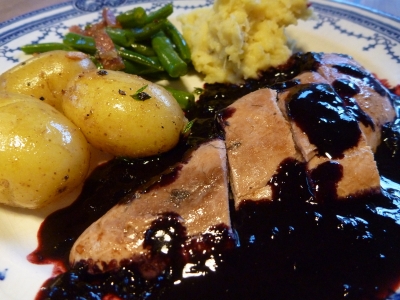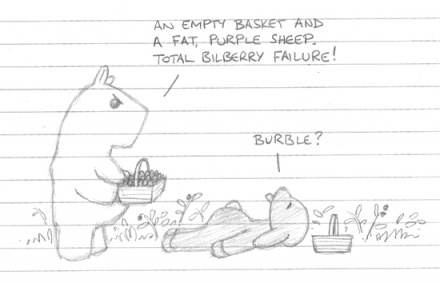Gessler at Daquise is an old-school Polish restaurant just by South Kensington tube. In every detail the experience has been conceived to get you reminiscing fondly about your years in Eastern Europe, even if you’ve never been on so much as a weekend break to Prague. It’s a Marmite restaurant; you’ll love it or loathe it, depending on your mood and preference, so all I can do is describe the show and leave you to decide.
They’ve taken over a long-established place called Daquise that was obviously slowly falling into disrepair. I say obviously because they have deliberately not renovated, leaving the paint blistering and lumps of plaster missing higher up on the walls. An old dumb waiter remains in situ, with the scuff marks of decades but still in use as the kitchens lie beneath us. This knowing tattiness extends to the dining experience, as chefs in distinctly non-uniform whites trundle into the dining room to serve you your food out of a collection of
battered and gnarled pots and pans that look like they’ve been gathered from a variety of Youth Hostel and student kitchens. It’s nostalgia for a time and place you never actually experienced, and it works so well I’ve got to applaud.So what about the food? Authentic, most definitely. Hearty, meaty, warming, Polish fayre. We only stopped for main courses. Maureen’s beef roulade stuffed with pickles was a dark piece of meat with a slow cooked paprika-y earthiness to it, served up in a pool of gravy with buckwheat and beetroot. Our friends had, respectively, a decent steak served with fried onions, mash and cooked-to-extinction beans, and a rather anaemic half a chicken with lemon gloop and a big pot of chickeny broth on the side. I went for veal brains scrambled up with
egg and scattered liberally with dill, and a side of beetroot; huge chunks of it with a horseradish cream poured over. To top it off we did exactly what you’d do on a weekend trip to Eastern Europe; four glasses of the house red, drinkable plonk in those loveably cheap round wine glasses that I hadn’t realised were still being made.I loved the experience, but then I like Marmite. I do have to agree with others around the table, the food was good but fairly rustic. If you boil your beans for half-an-hour you can’t claim to be doing any more than turning out typical regional cooking. At around £17 for a typical main course that makes it rather expensive as a dining proposition. Whether it’s good value for you would very much depend on whether you’re yearning for a taste and an experience of someone else’s beloved motherland.


